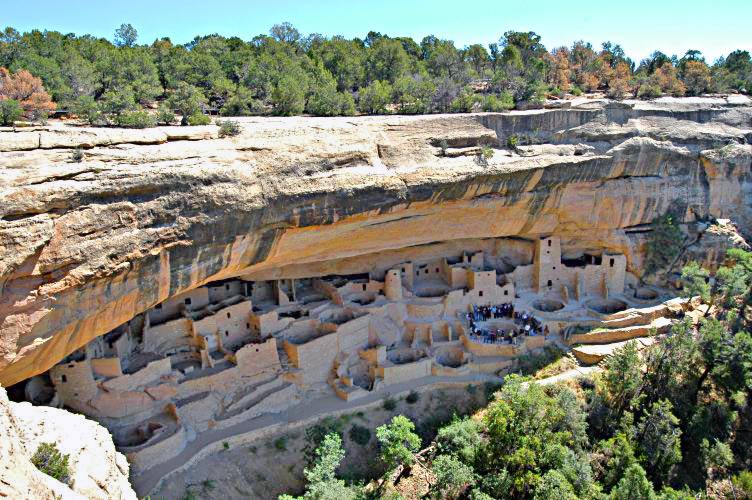Native American Civil Rights
Civil rights are the rights of all citizens to fair treatment and freedom.
In America, the Civil and Native Rights movements were fought by African Americans and Native Americans because they wanted to be treated with respect and in an equal way to white Americans.
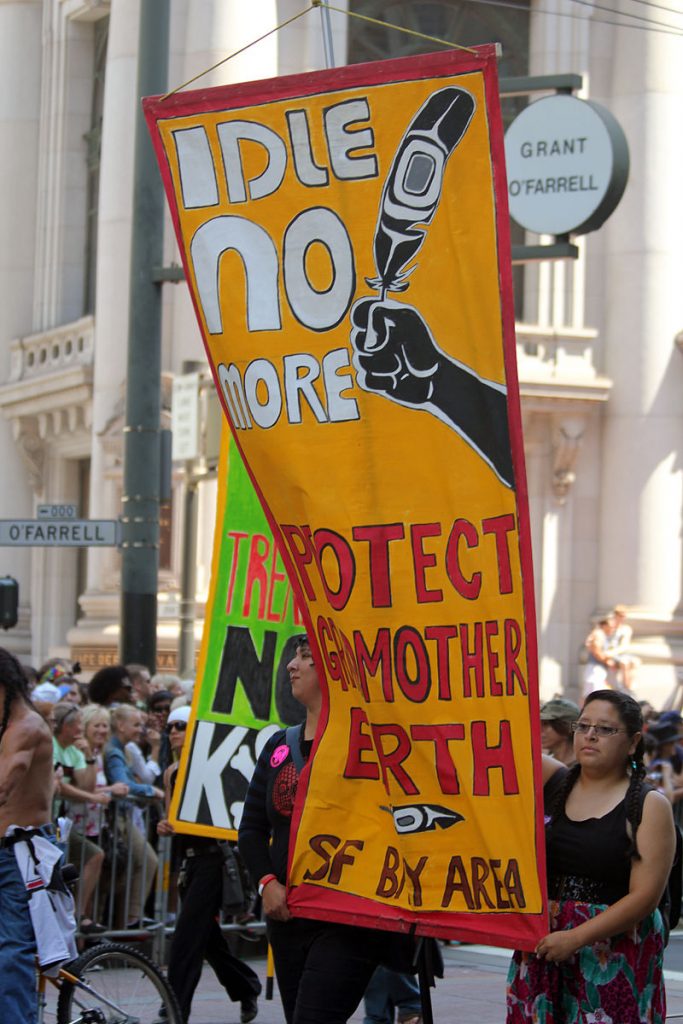
There were two movements – one in the 1960s and one in the 1970s. They wanted the same things (equality and sovereignty) but they fought for them in different ways.
African American citizens fought to become equal members of society. Native American civil rights activists (campaigners) were fighting for this and also for authority over their own nation’s land (sovereignty).
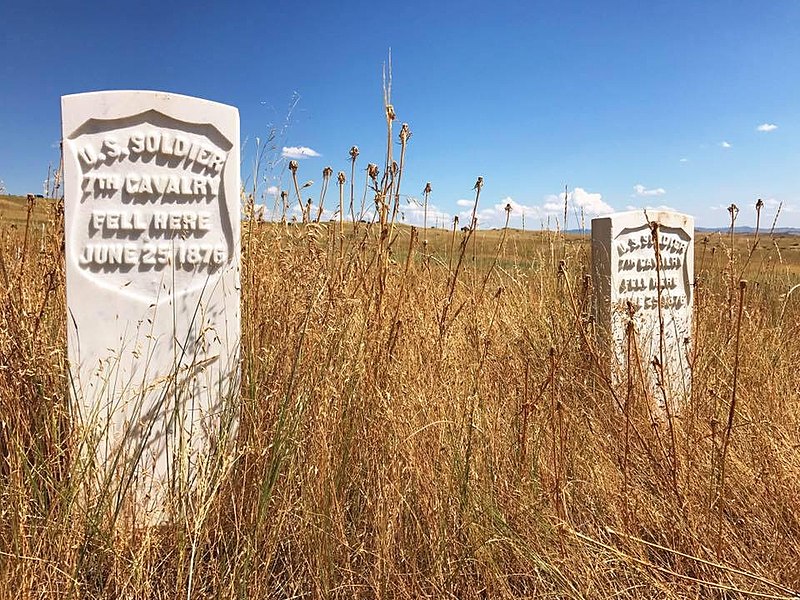
Native American activism has a long history that still continues to this day. Even in the present-day, there are many injustices still being fought for in the Americas.
What’s more, there are lots of wounds from the past that still need healing because Native Americans were treated so badly when Europeans arrived to the Americas.
Indian Citizenship Act of 1924
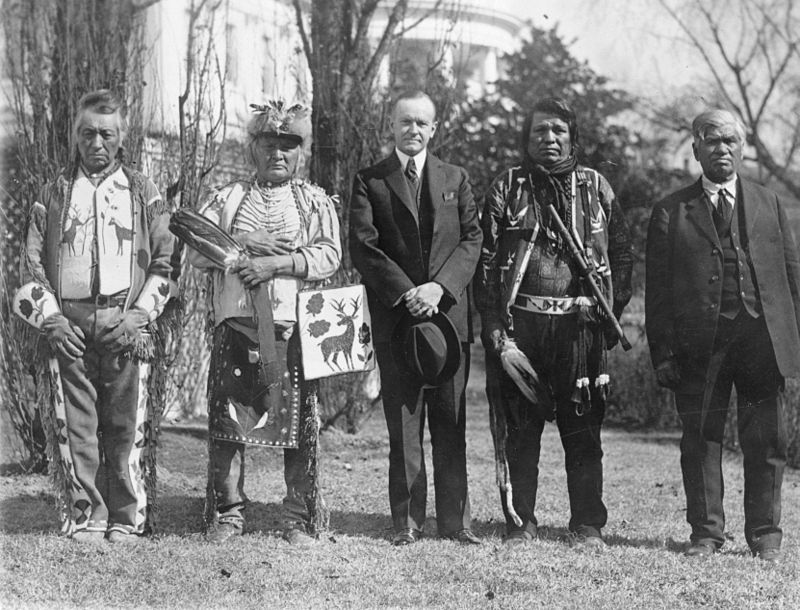
The U.S. government officially gave citizenship to Native Americans born in the country in 1924 under the Indian Citizenship Act.
Before this Act, the legal status of Native Americans in the USA was quite complicated: only people who were half Native American were classified as U.S citizens.
Related: US Constitution
The Voting Rights Act 1965
Native Americans did not have the right to vote before the Voting Rights Act of 1965. Laws in America were very racist. This law now allowed people of any colour or race to vote.
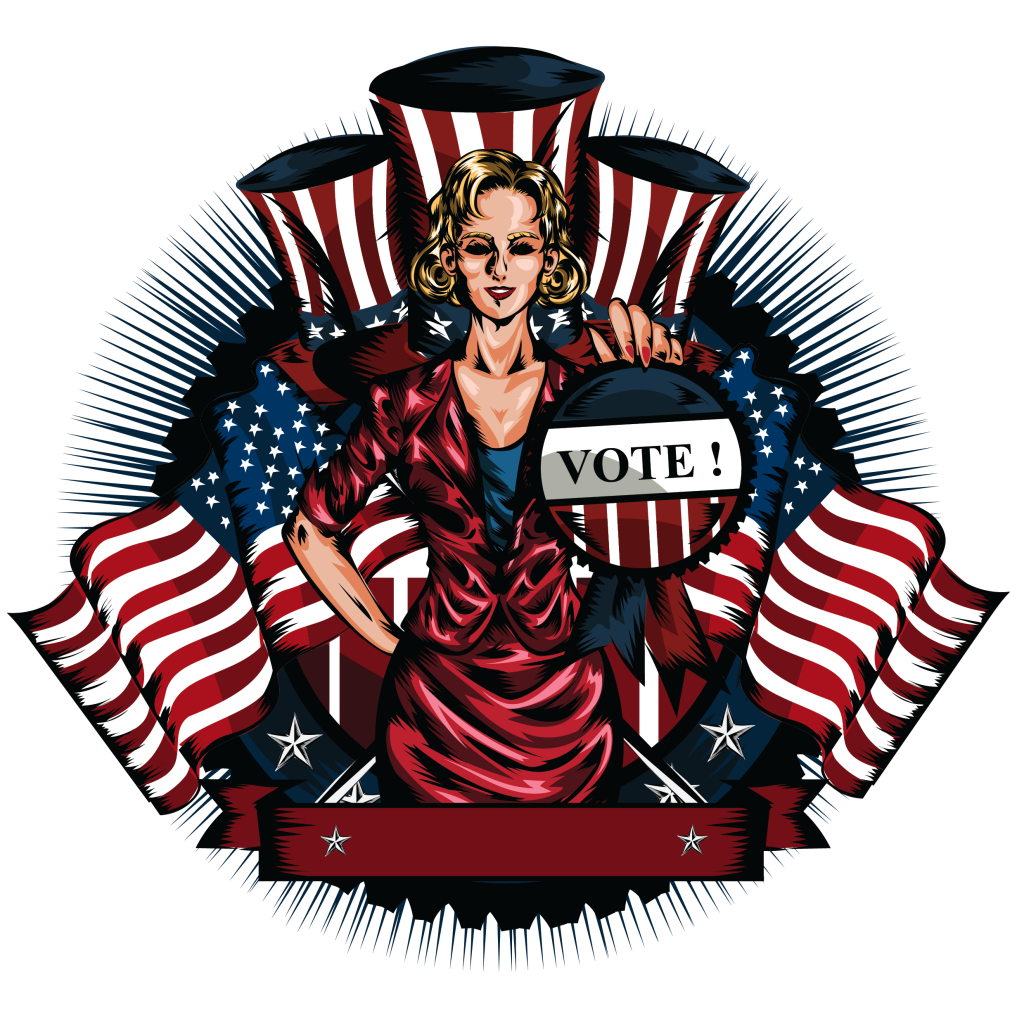
This law was not completely fair until 1975, however.
There was an important change in 1975 to language minorities (small groups). In 1975, people who spoke other languages were given help and assistance.
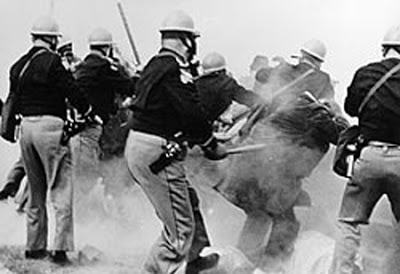
To stop Native Americans from voting between 1965 and 1975, the U.S.A used literacy tests when they knew many Native Americans spoke other languages.
It is very important to be able to vote so you can have a say in who controls your laws and government.
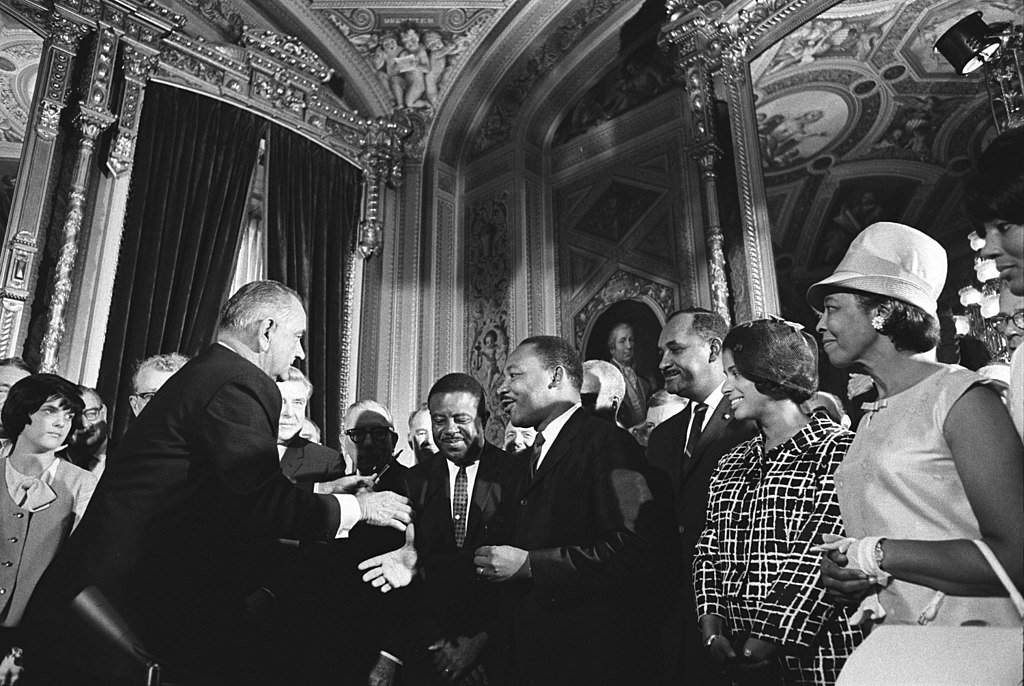
The Indian Civil Rights Act 1968
The U.S. Congress discovered that lots of abuses were carried out against Native Americans by local governments and passed the Civil Rights Act.
It gave some protection to Native Americans against these abuses of power but decided that federal government could not have authority over indigenous governments.
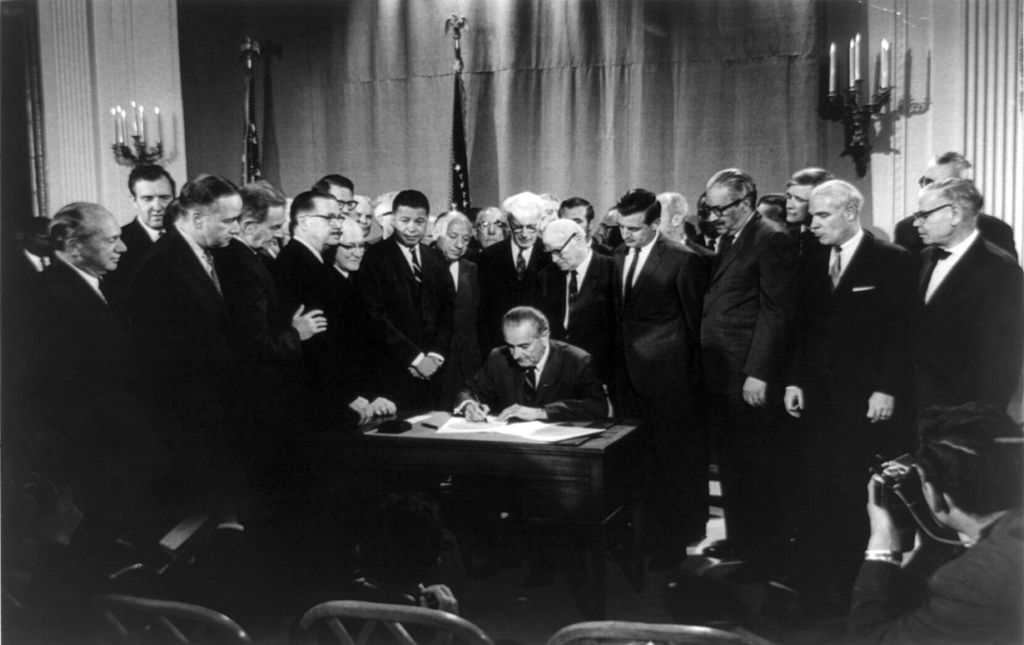
This Act also protected Native Americans against unfairness. It was a small step towards more equality (being treated equally).
However, there was still a lot more work to be done. Lots of people grouped together to continue campaigning.
Red Power and The National Congress of American Indians (NCAI)

The National Congress of American Indians was created in 1944. They began to campaign for Native American rights in the United States.
They worked with the government to make big changes. At first, they worked bit by bit to make long lasting changes.
However, in the 1960s, some members wanted change to come more quickly.
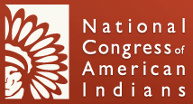
These members formed the NIYC (the National Indian Youth Council). A bit later, in 1968, the American Indian Movement (AIM) was founded. They organised big protests for the world to see.
The American Indian Movement (AIM)
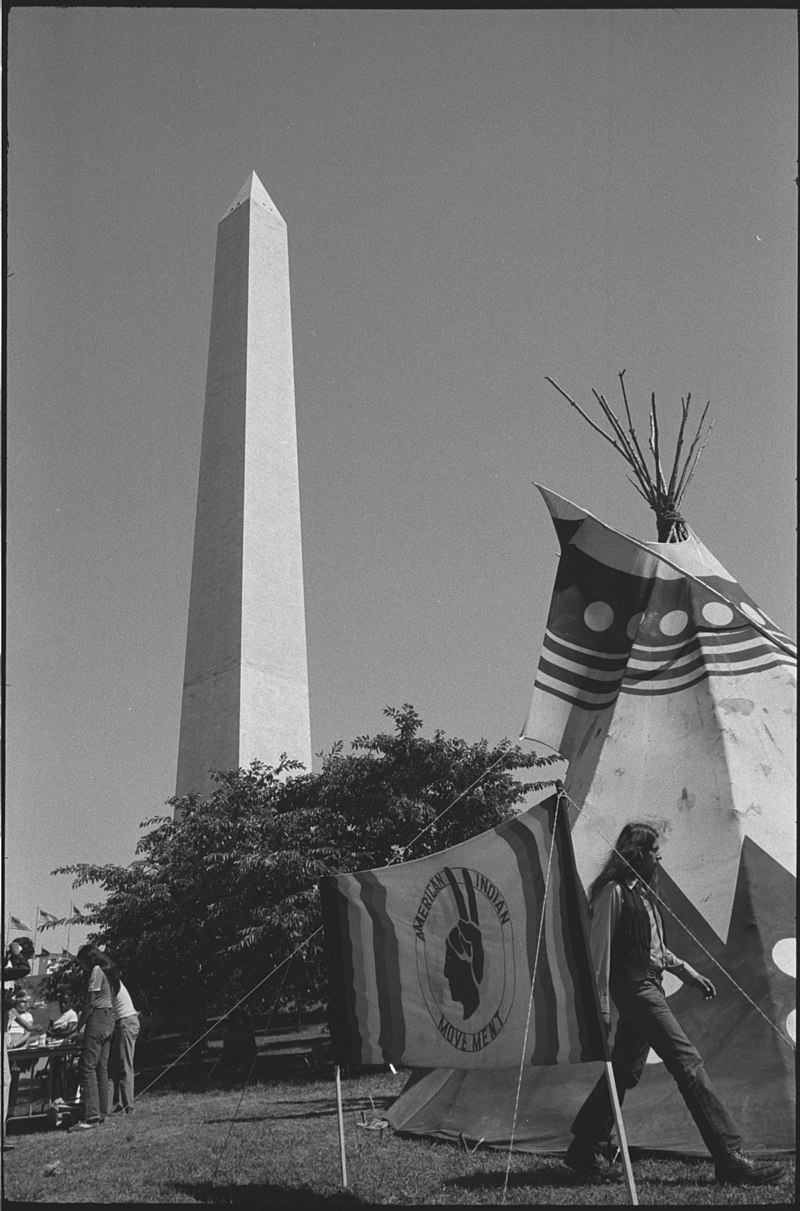
The American Indian movement was started to get equal rights for Native Americans. It began in 1968 by Dennis Banks, Clyde Bellecourt, Eddie Benton Benai, and George Mitchell.
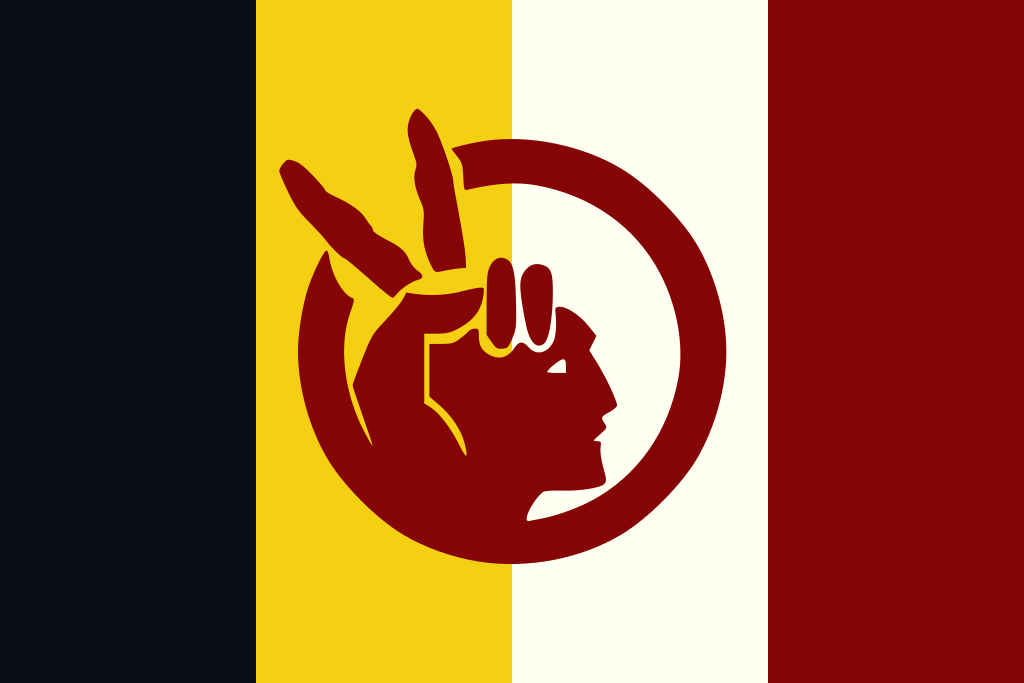
The movement grew and grew. It aimed to protect legal rights and keep autonomy (self-rule) over indigenous lands. This movement also called to reclaim lands that had been illegally taken.
AIM did lots of things that drew the world’s attention to their protests. For example, in 1969-71 they took control of Alcatraz Island.
They also marched to Washington in 1973 and took over a site where a massacre at Wounded Knee had taken place.
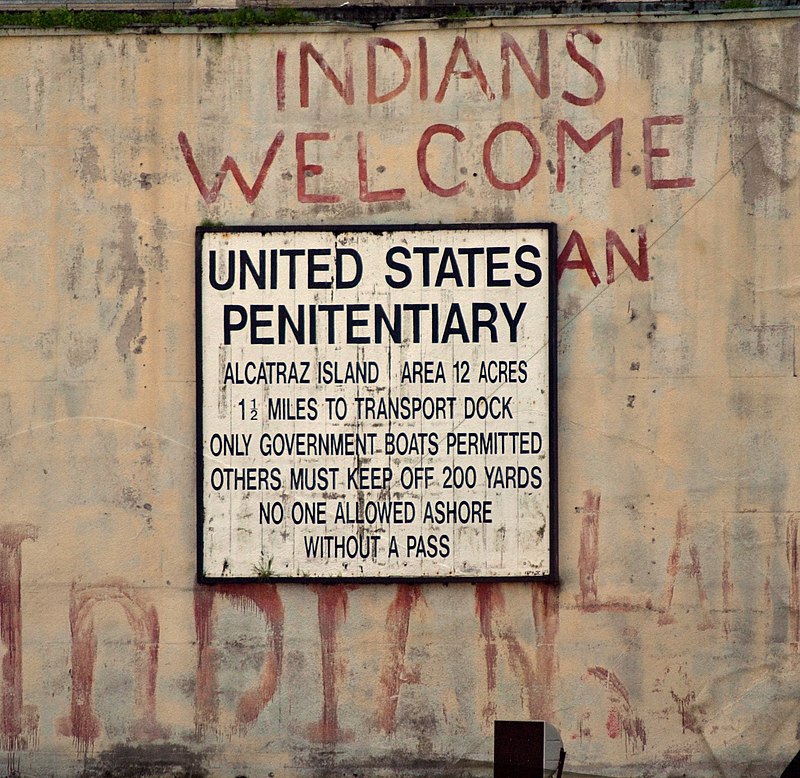
Quiz Time!
When was the Indian Citizenship Act passed?
When was the Indian Civil Rights Act passed?
When was the National Congress of American Indians created?

What does “AIM” stand for?
What did AIM campaign for?
